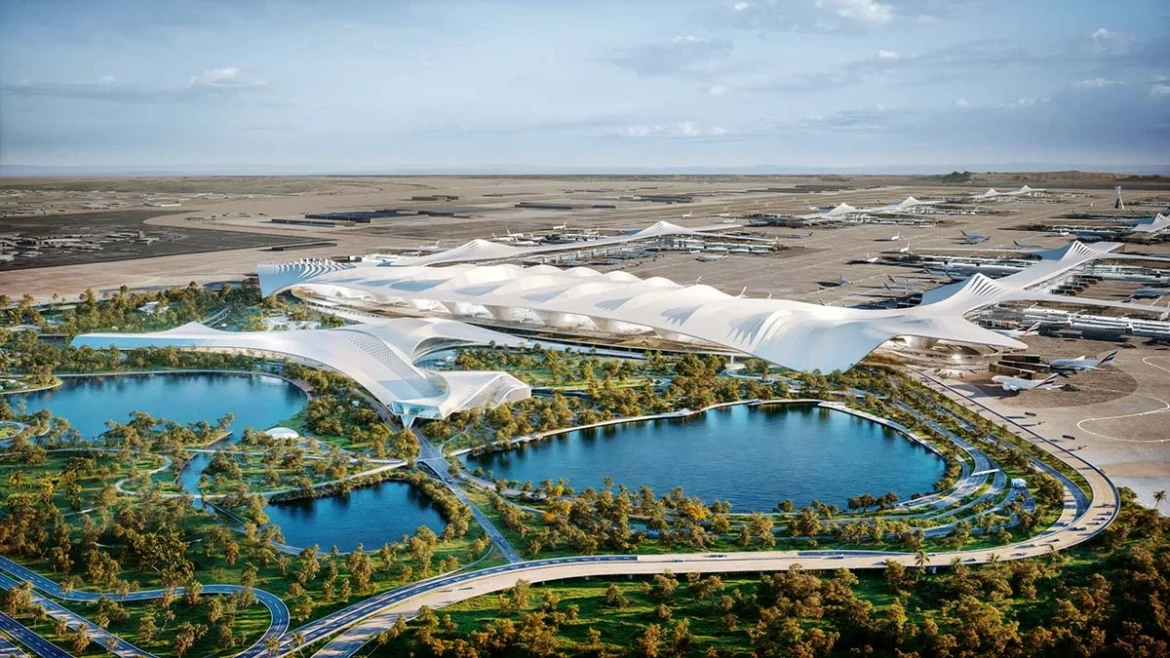The Airport Show, set to take place from May 6 to 8 at the Dubai World Trade Centre, will shine a spotlight on the ongoing airport upgrades, expansions, and new developments in the Middle East.
Airport Show 2025
This annual event, held under the patronage of Sheikh Ahmed bin Saeed Al Maktoum, will offer industry leaders an opportunity to network and explore cutting-edge technologies designed to enhance airport operations, safety, passenger experiences, sustainability, and automation. With the Middle East emerging as a rapidly growing aviation hub, the show will highlight key investments and innovations driving the region’s airport infrastructure forward.
The Middle East is poised for a significant surge in air travel, with passenger traffic expected to increase by 300% by 2040, reaching 1.1 billion. This growth is accompanied by the need for a massive $151 billion investment to expand airport capacities.
Region’s aviation market
By 2029, the region’s aviation market is projected to hit $33.7 billion, underscoring the tremendous potential for growth. The global aviation industry as a whole is expected to see 20 billion passengers by 2042, with international passenger traffic accounting for 45% of this growth. In Africa, air passenger numbers are set to double by 2040, with over $32 billion in investments required to upgrade the continent’s airports.
Two major airport projects in the Middle East are leading the way: in Dubai, the construction of the world’s largest airport terminal, a $35 billion project, is underway, set to handle up to 300 million passengers annually by 2030.
In Saudi Arabia, the King Salman International Airport in Riyadh, a $50 billion project, is also on track to become the largest airport in the world by 2030, with a capacity of 185 million passengers. These two projects alone account for nearly 80% of the airport development spending in the Middle East and North Africa region. Other significant developments include the New Abha Airport in Saudi Arabia, which will increase its capacity tenfold, and Sharjah International Airport in the UAE, which is set to complete major expansions by 2026.
The growth of the aviation sector in the Middle East is not limited to airport development. Regional airlines are also making significant strides. In 2023, the ten largest airlines in the Middle East placed orders for 795 new aircraft, ensuring they are well-equipped to handle the rising demand for air travel. The region’s airlines are expected to generate substantial profits, with the industry forecasted to earn $5.9 billion in net profits by 2025, more than triple the global average.
Innovation plays a key role in the region’s aviation transformation. The Middle East is at the forefront of adopting new technologies, from hydrogen-powered aircraft to seamless, touchless travel experiences. These advancements, along with a strong commitment to sustainability and improved passenger services, will redefine the future of air travel.
With continued investments in infrastructure and technology, the Middle East is positioned to lead the global aviation industry into a new era of efficiency, safety, and innovation.
tanvir@dubainewsweek.com

